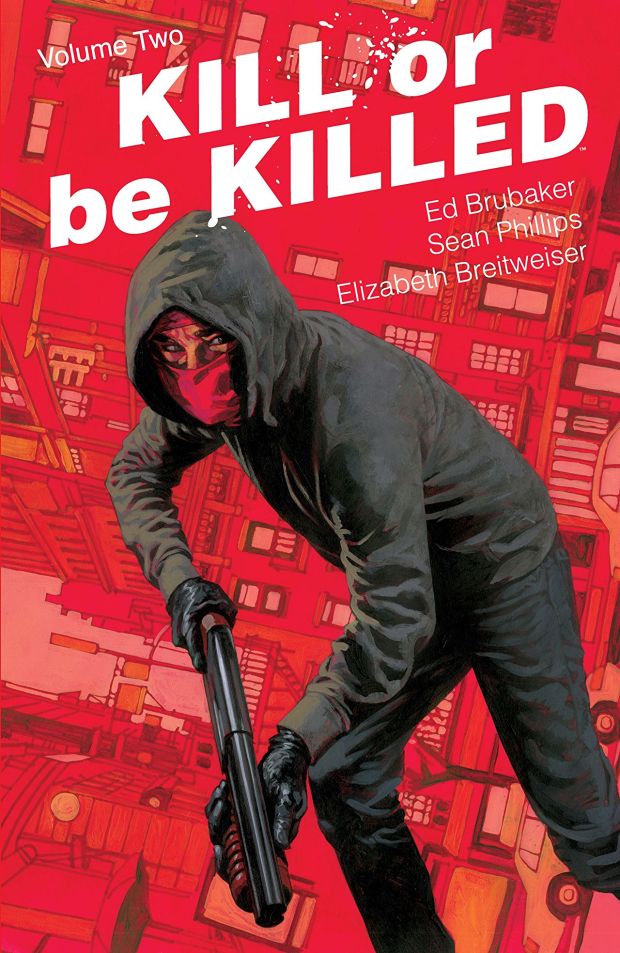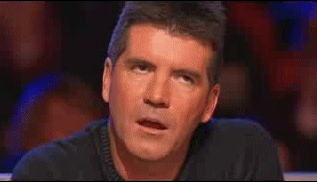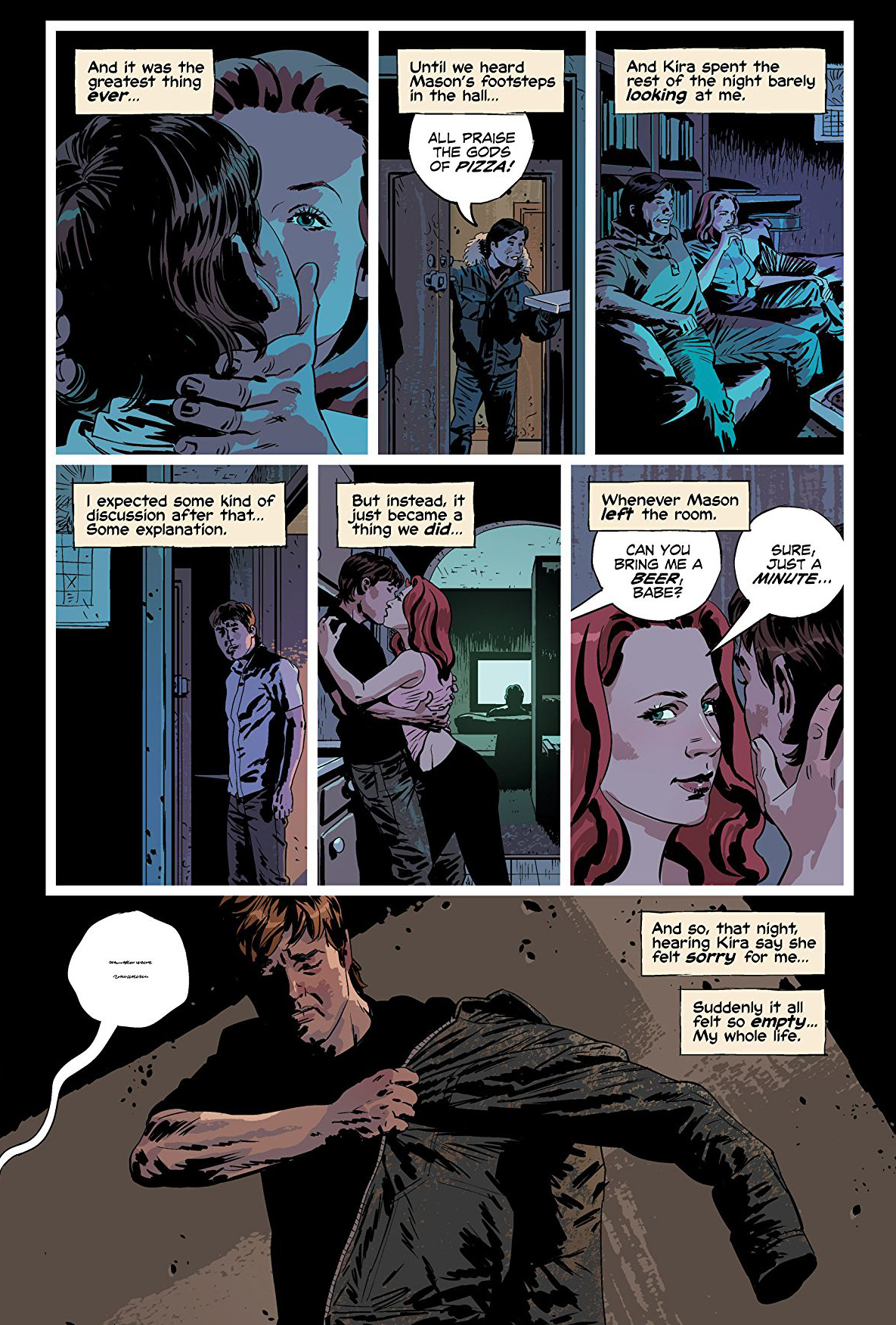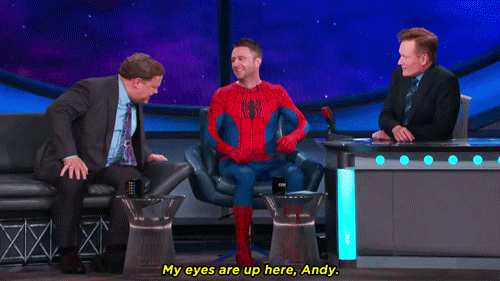by Brian Michael Bendis, Jason Aaron, Ed Brubaker, Matt Fraction, Jonathan Hickman, Jeph Loeb, John Romita Jr, Olivier Coipel, Adam Kubert, John Dell (i), Mark Morales (i) Chris Eliopoulos (l)
collects Avengers vs X-Men #1-12
AvX is one of the big Marvel events I missed, one of several I’m reading through to fill in some gaps. I’m glad I read it purely as a Marvel fan, and that’s about it.
The story is easy enough to pick up – bonus points if you’ve already read Dark Phoenix Saga, House of M, and Messiah Complex (I haven’t read the last one). In a nutshell, the Phoenix is returning to Earth. Wanda in House of M made mutants an endangered species, and Scott Summers (Cyclops) believes that if Phoenix inhabits Hope, the first mutant born since Wanda’s declaration and a kind of messiah, the Phoenix will restore homo superior. But Cap and the Avengers see the Phoenix as a threat – and the confrontation begins.
AvX features a powerhouse of Marvel’s top writers in 2012, but because they divided writing duties by issue, it was disjointed and the changes in tone didn’t make a cohesive story. And while it might not surprise us that they’re all men, this is absolutely a story about men (Steve and the descent of Scott, especially), masquerading as a story about Hope and Wanda.
Hope might be at the center of the story, but it isn’t her story – not even close. It’s clear just from the fact that she’s often called “the girl” (even though her age fluctuates about 10 years or so), and the story is barely concerned with her growth as a character. Neither Hope, Wanda nor Emma Frost have any meaningful story arc that shows any kind of growth or change at the end. Emma remains an evil seductress, Hope is the rebellious teen with untapped power, and Wanda’s role in mutants’ disappearance gives her the biggest case for a redemption arc. But they drift in and out of the issues – Wanda really only appears halfway through after issue #0 – and are never given the importance in the story they deserve, especially considering both the beginning that centers Wanda’s regret and grief, and her and Hope’s role in the ending. Instead, pages are dedicated to Scott’s slow corruption and those who try to save him. And it’s telling that Steve, Scott and Namor can spend whole issues punching out their problems, but as soon as Wanda and Hope go at it, Steve (and the writers) shut them down.
Let me be clear: having male writers doesn’t automatically mean their stories will only center male characters. Chris Claremont is a perfect counterexample with his stories about Kitty and the first Dark Phoenix, Jean. It’s just far more likely that it will happen, along with the inevitable argument that certain characters are more popular with (and are the same as) certain demographics who will buy comics.
And for twelve issues, the other character work was pretty dismal. Is Scott actually evil or did he just fall victim to the Dark Phoenix? When Steve says he realizes he should have done more for mutants (shocker), showing us when and how he realized that might give us some sense of growth. Why is barely any attention paid to Wolverine and Beast, as they navigate being both Avengers and X-Men? And while it’s great to see Iron Fist featured in this story, his role is quickly diminished and never develops any kind of mentoring relationship with Hope. Most of the superheroes pop up for an issue or two and then completely disappear. There’s a MAJOR character death that I won’t spoil but it felt entirely thrown in.
I understand that these massive events are tied into the rest of Marvel’s ongoing titles, which provide additional stories and background. But a main event should also be a standalone story, especially if you’re recruiting the top-dollar writers for it. A tighter focus on Hope and Wanda, and emotional anchors in characters like Wolverine and Iron Fist, would have made AvX far more compelling and would have encouraged me to read the surrounding material, whereas I couldn’t wait to be done with these twelve issues.
The art was also a mixed bag. I’m not a fan of Romita Jr’s art and so the book really got off on the wrong foot for me. Not to be cruel, but his art was simplistic, lacked drama, had lots of unfinished panels, and Magneto had a squished face and who does that to Magneto? Later issues do become progressively better, first (Coipel and Morales) and then Adam Kubert who was the best. As far as I could tell, the only woman with a consistent presence on the creative team was Laura Miller on colors.
Basically, I would recommend only for fans of Scott Summers (in which case, you have other things to sort out), and maybe Namor (his extremely low rise pants were probably the best part of the whole thing), or, if you’re like me and want to cover the bigger Marvel events as a fan. Otherwise, read the cliffnotes and happily skip it.








